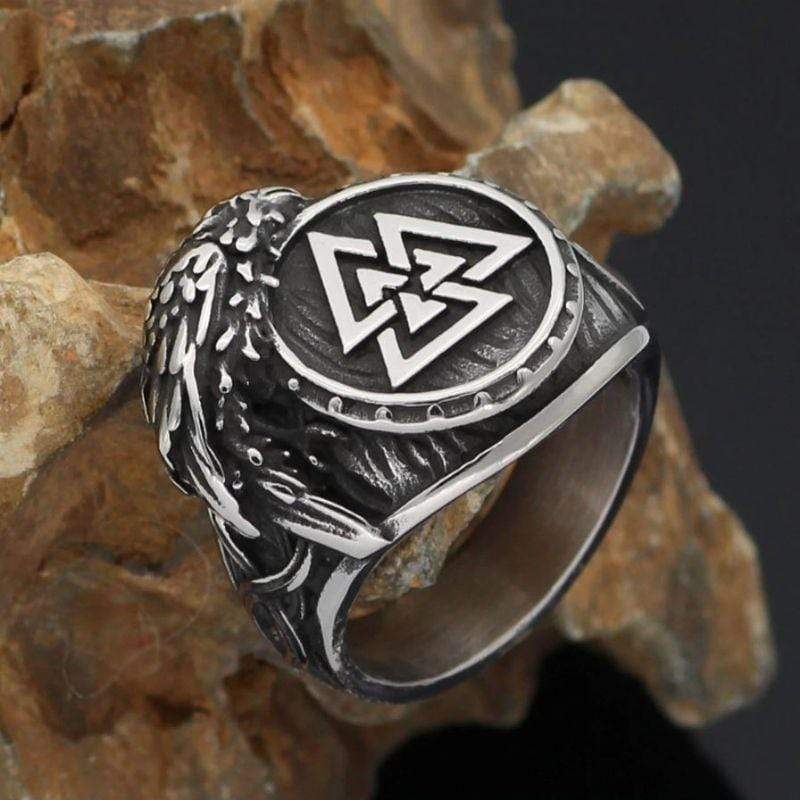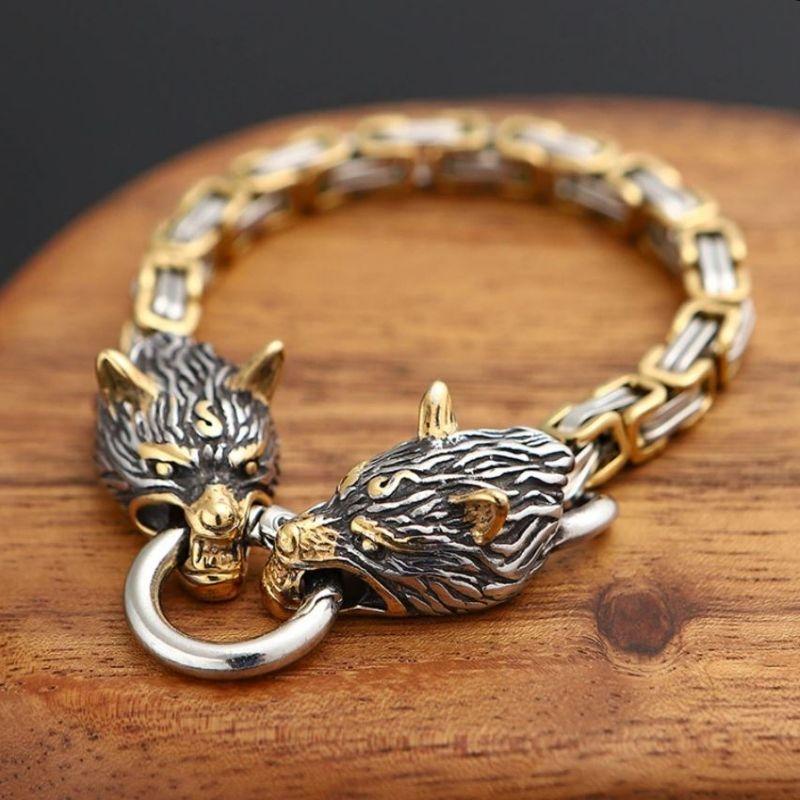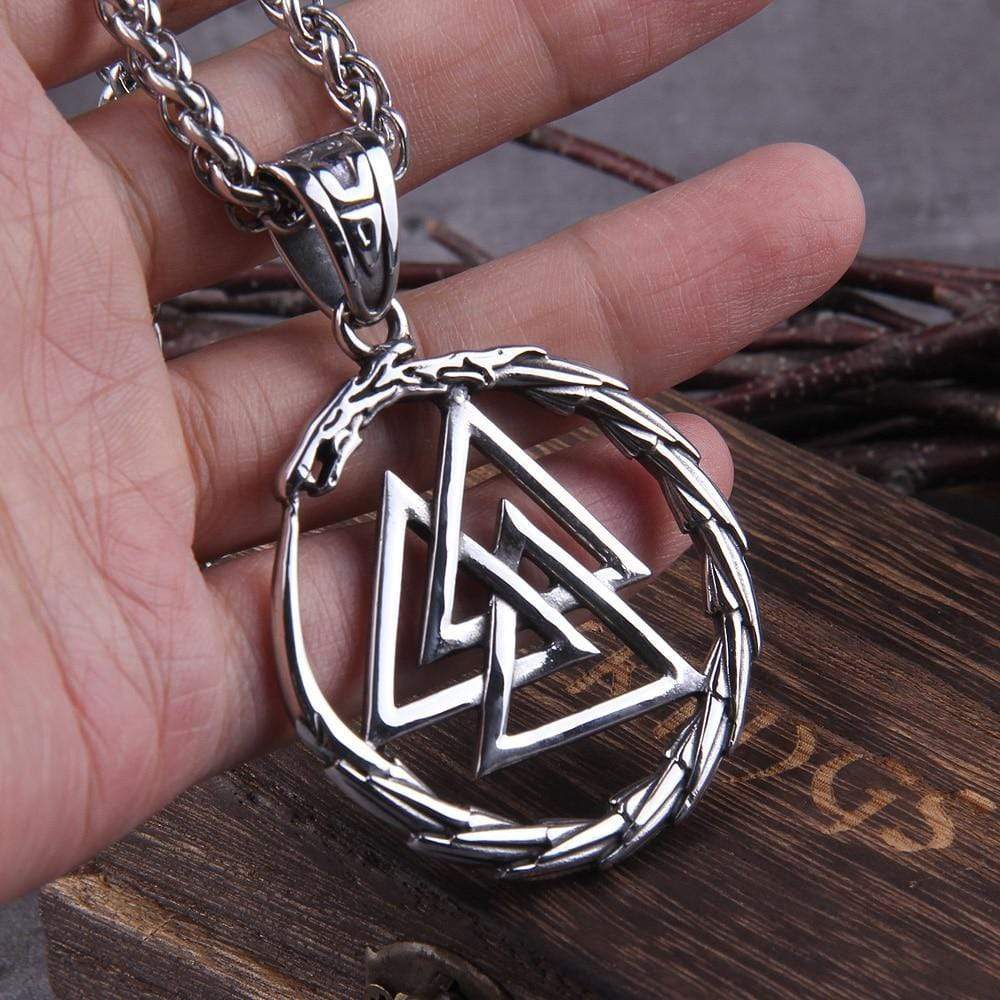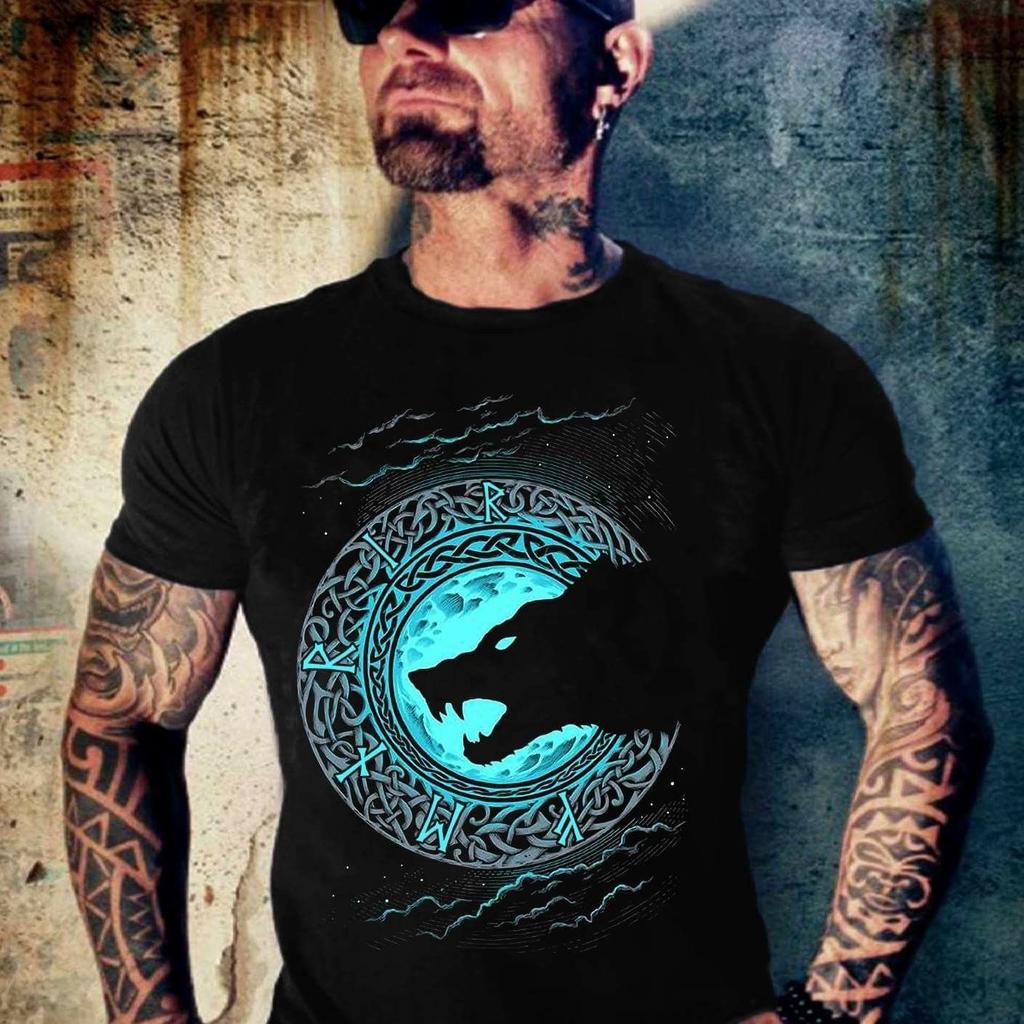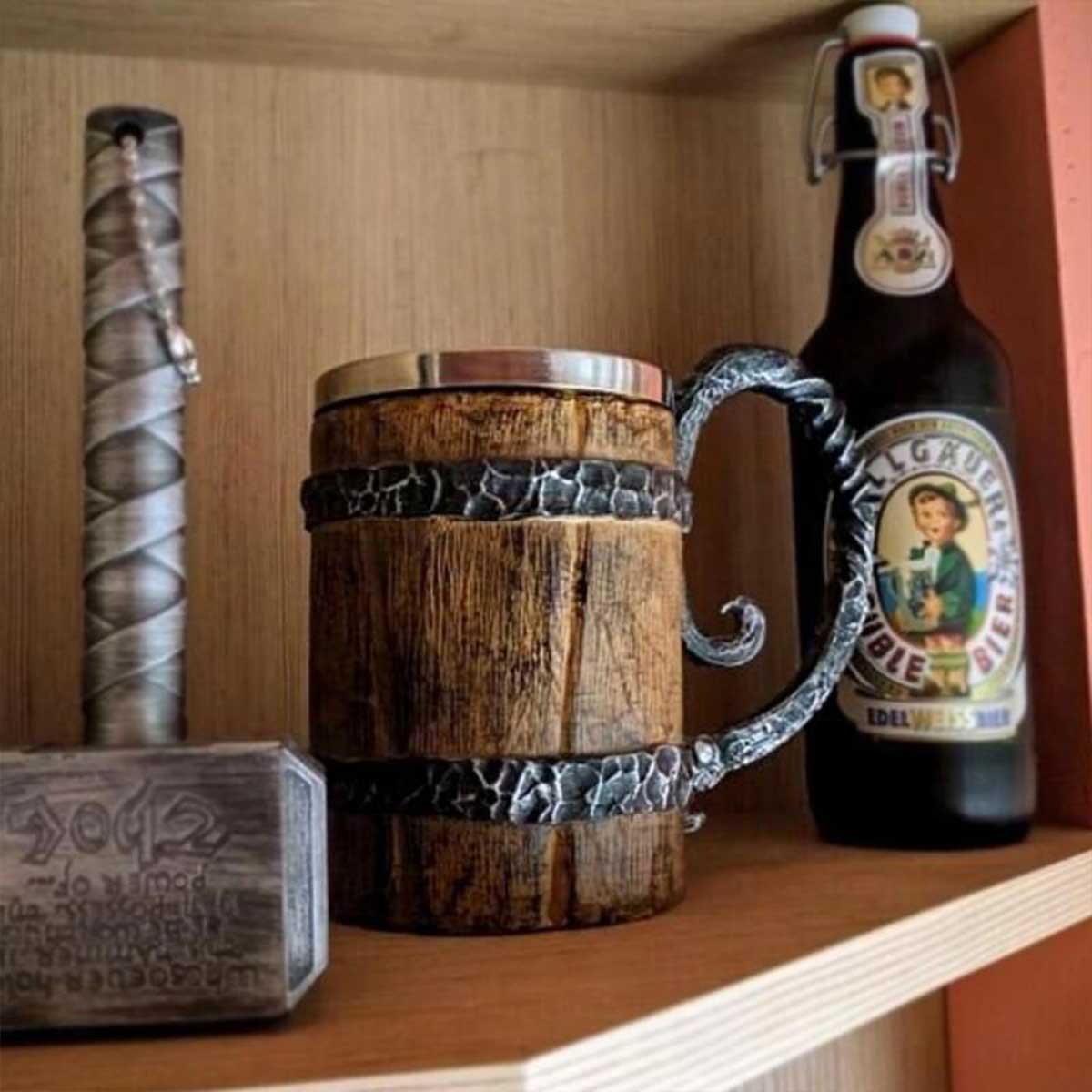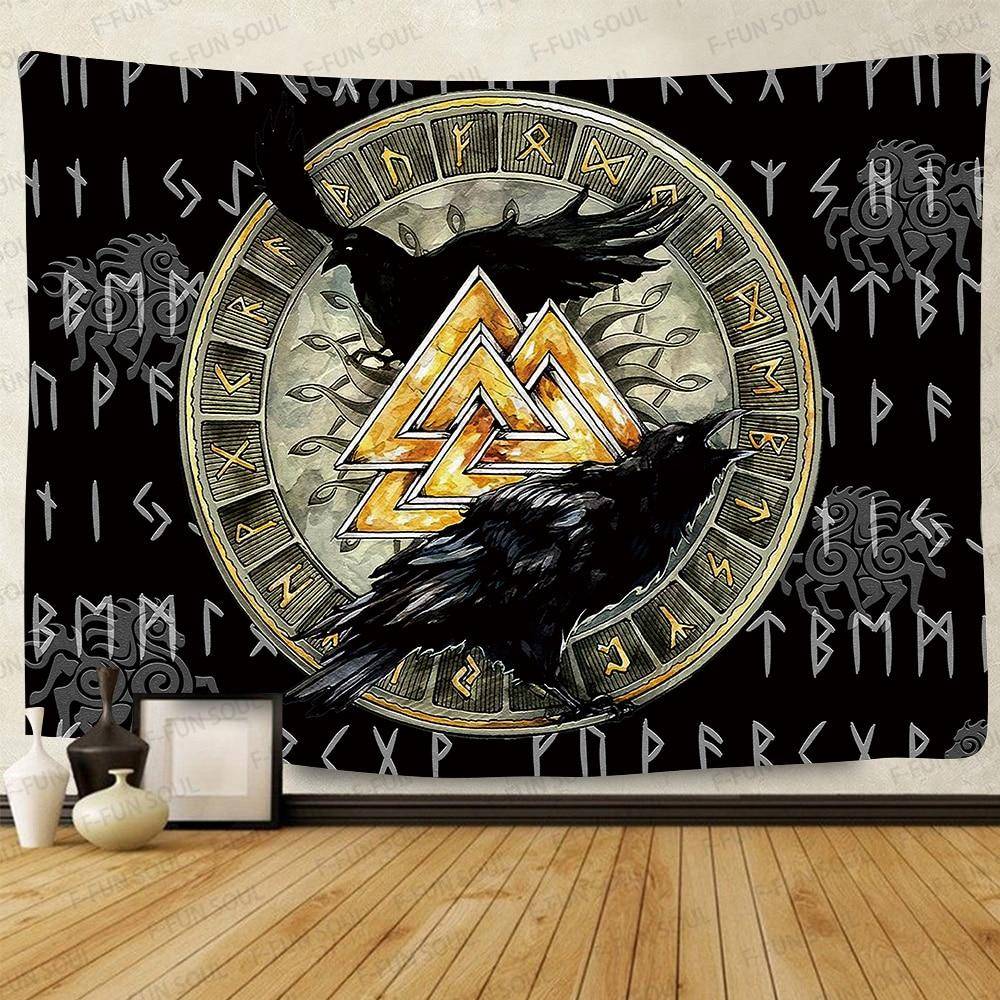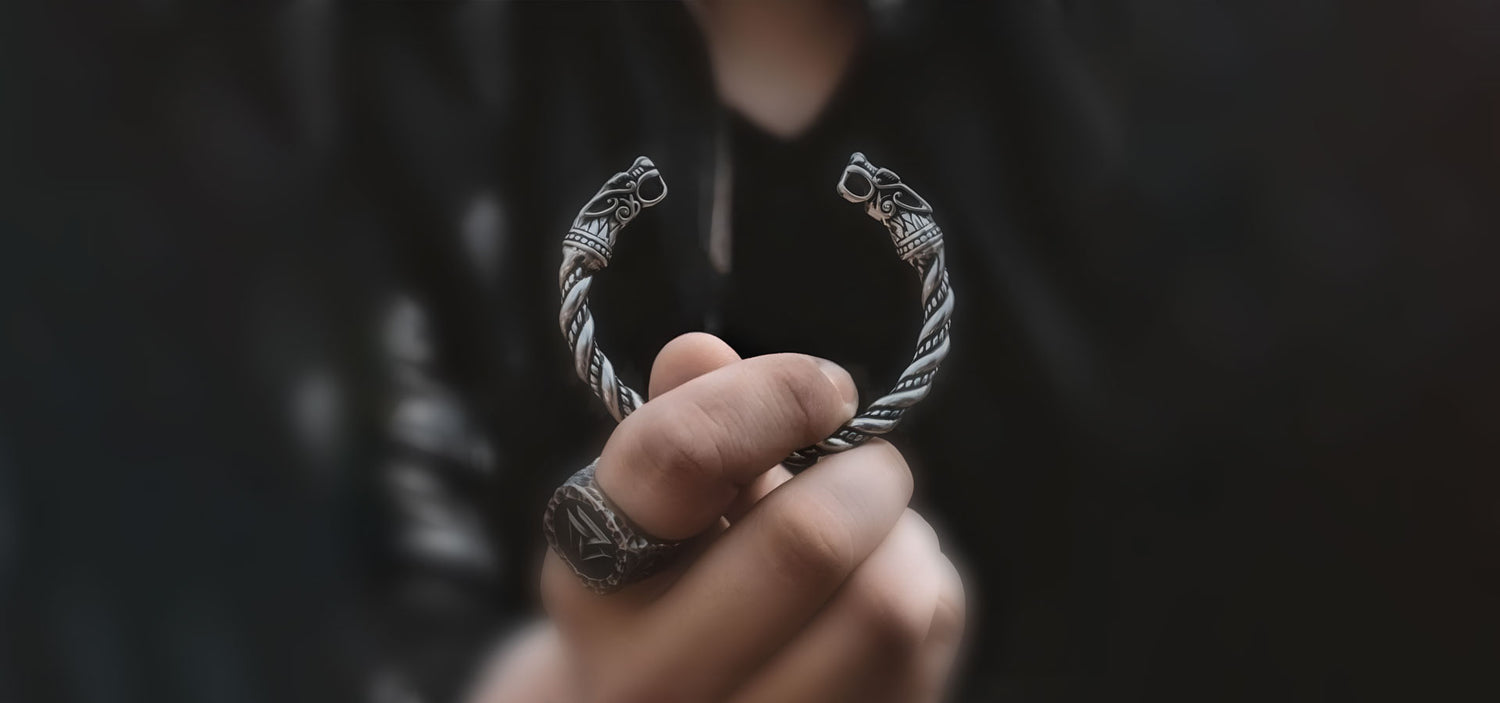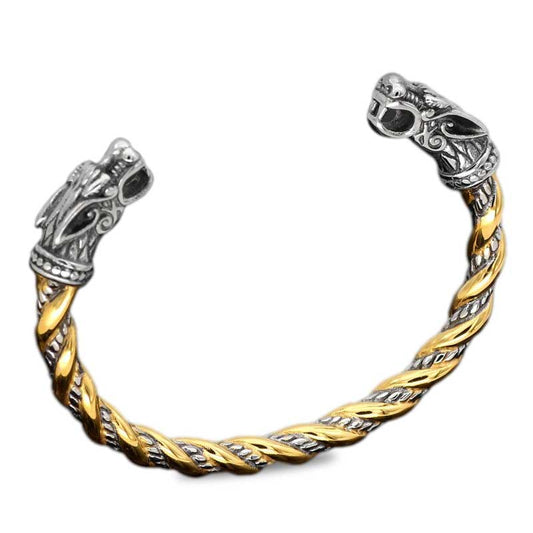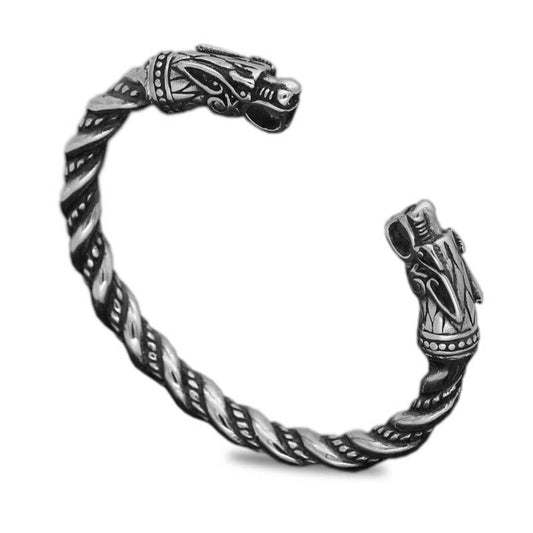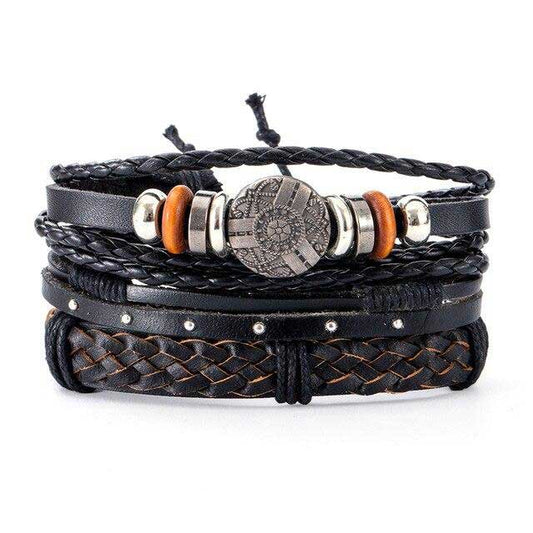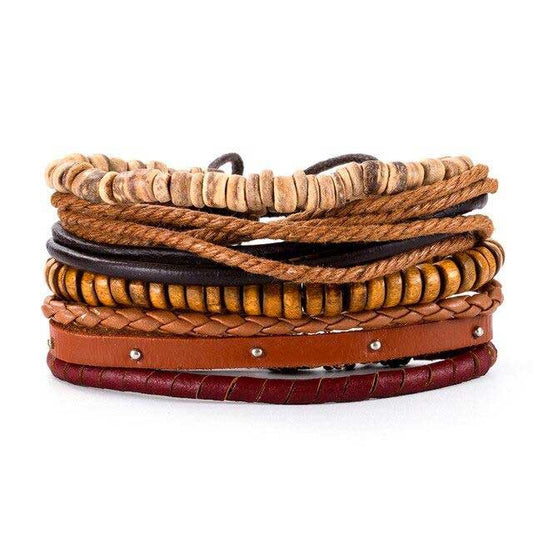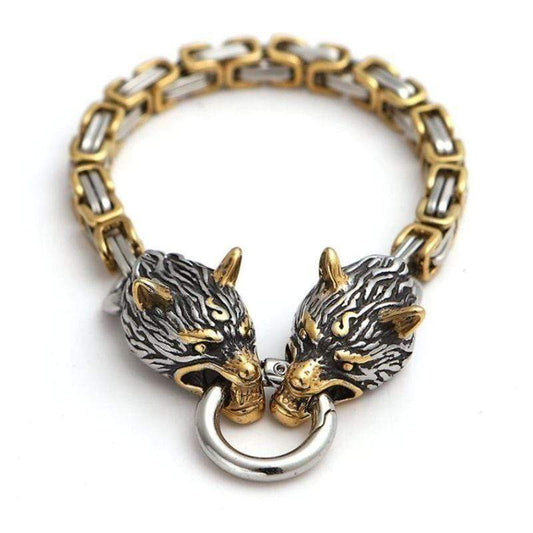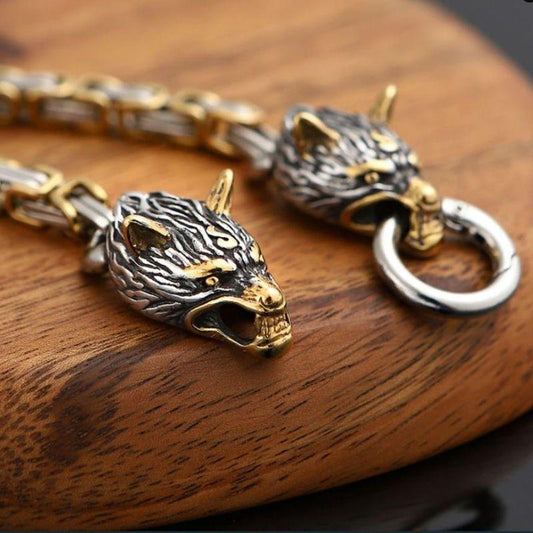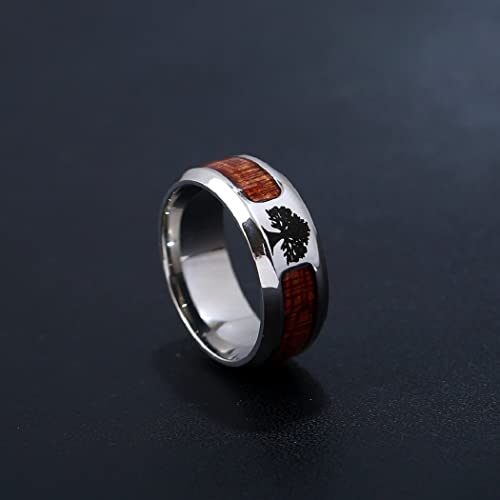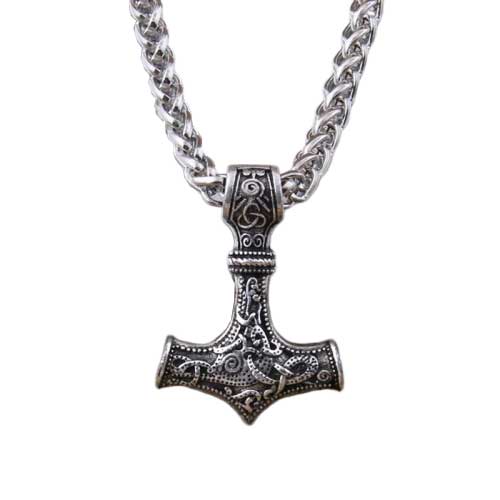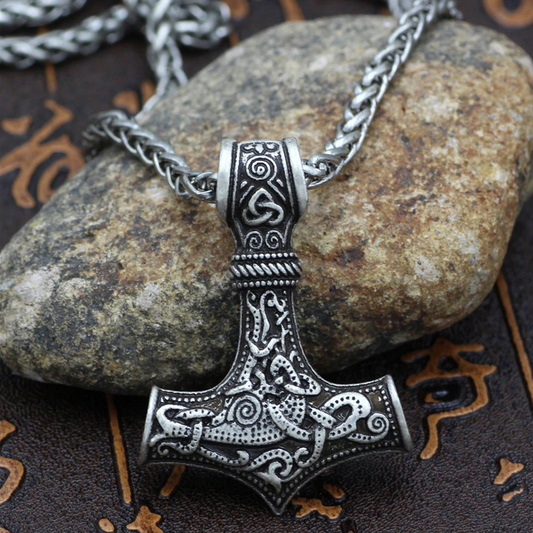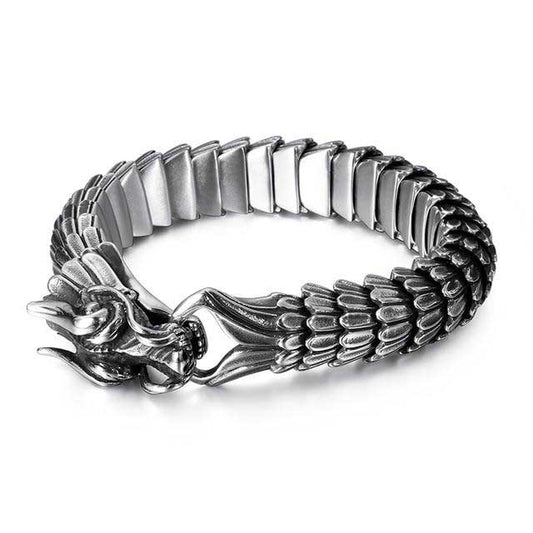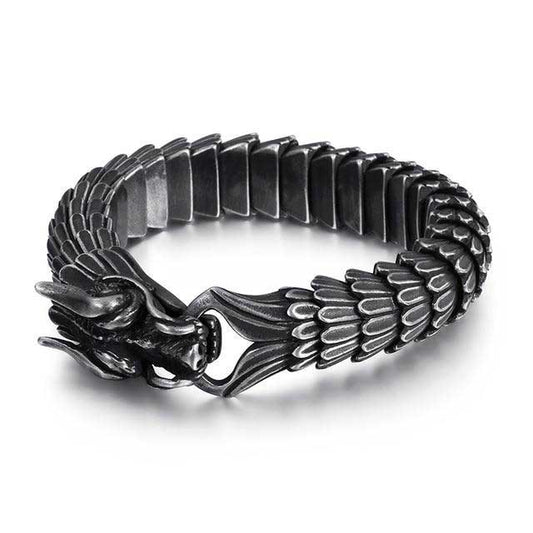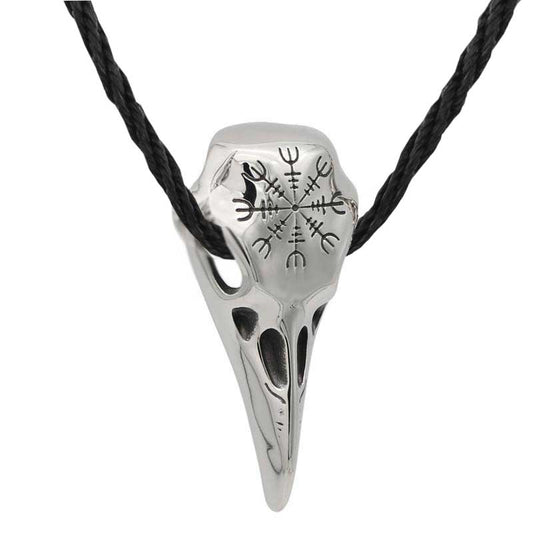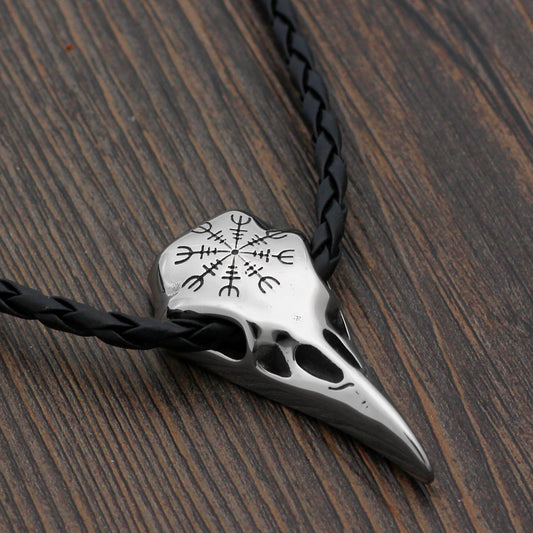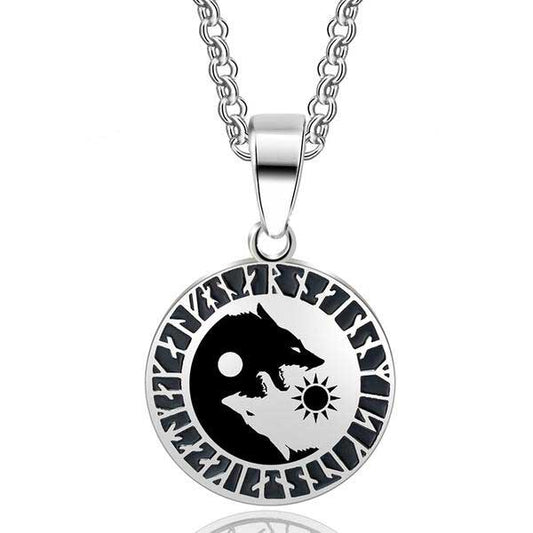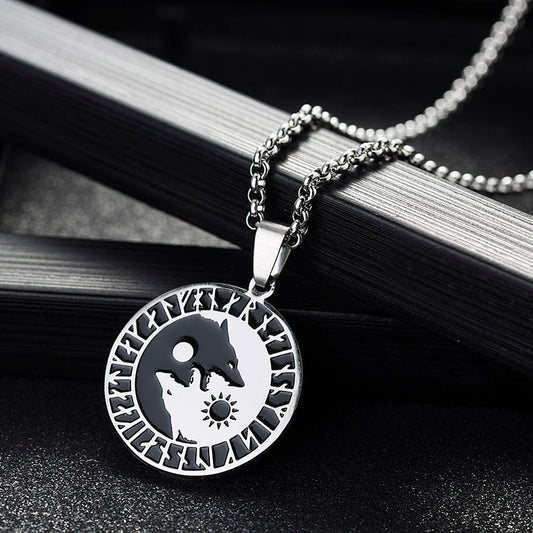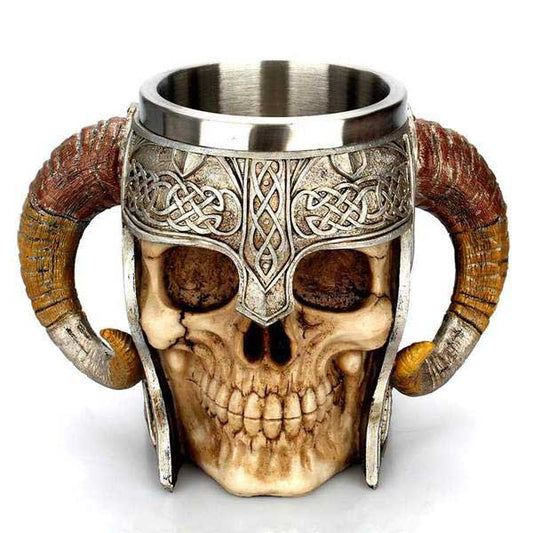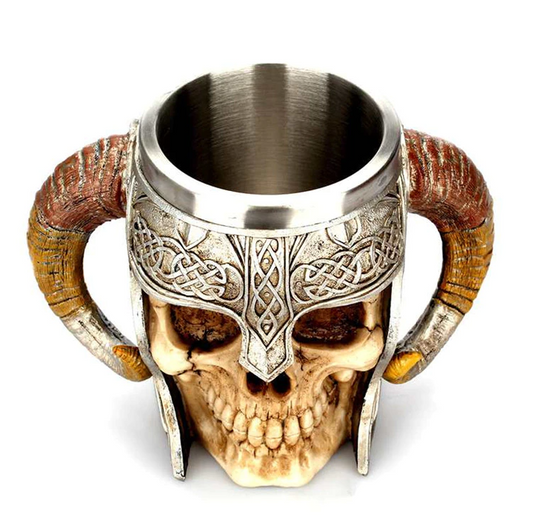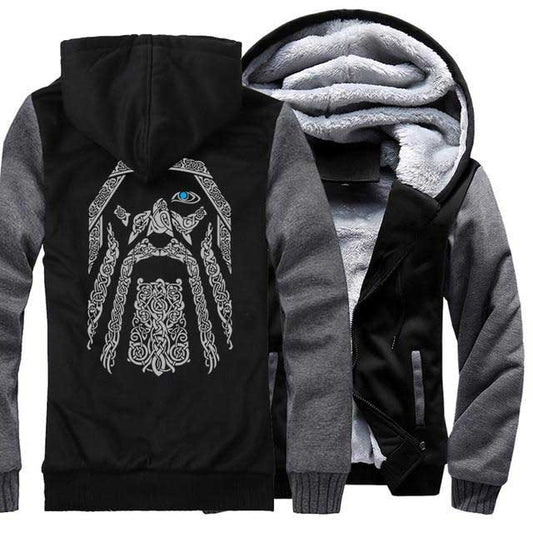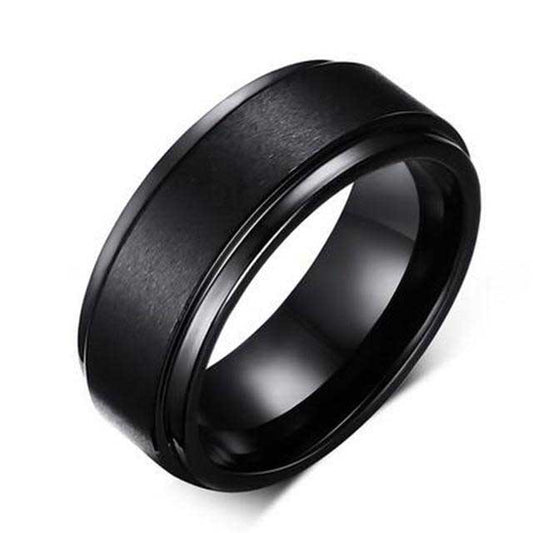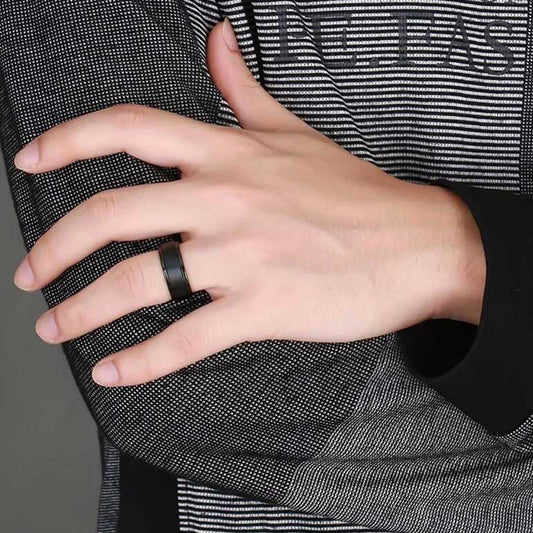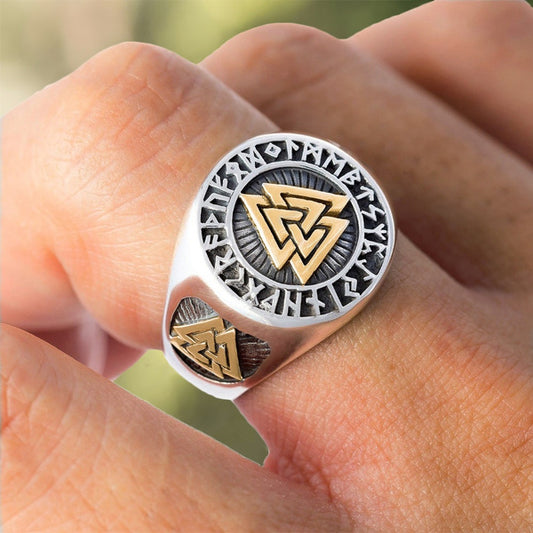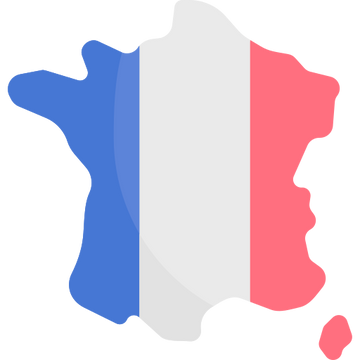Originally from the Scandinavian countries, the Vikings were traders, peasants or warriors. And this in addition to being great sailors. From the year 793 to the year 1050, they set out to conquer the seas and territories , plunder the villages and bring goods back to their country. Between daily life and traditions , we reveal everything about the life of the Viking peoples right here.
The History of the Viking People

The history of the Viking people begins in the year 793 AD. They don't all come from the same place, but they all come from Scandinavian countries : Norway, Sweden, Denmark or Finland. The Vikings are peasants or traders , but above all sailors and warriors .
At the start, only a few of them took to the sea. Then more and more and a real fleet grew with more than a hundred ships. These flat-bottomed Viking boats are called " Drakkar ", which means "dragon" in Swedish, in reference to the wooden carving on the bow.
The earliest known plunder of the Vikings was the storming of the monastery on Lindisfarne , an island in England.
The Scandinavians were then the first Europeans to sail to Greenland and to North America. Almost 500 years before Christopher Columbus. The Vikings cross the Baltic Sea, the rivers of Russia, to the Caspian Sea, Byzantium and the Caliphate of Baghdad. They also colonized Dublin, Ireland, and Normandy, France. Then Iceland. In total, we imagine that the Vikings were able to visit the equivalent of 37 current countries .
viking culture

The Viking people were a brave people, who liked to take risks. A people constantly in search of new explorations. Their living conditions were harsh, but the Vikings always had a lot of fun whenever they could.
Viking society was based on a chieftaincy system . The chief distinguished himself by his successes, particularly in business, as well as by his fighting prowess. He provided grand banquets for the rest of the village and showed off his wealth at big events.
There were three different types of social classes in the Viking Age:
- The Jarls
- The Karls
- The Thralls
The first were nobles, wealthy landowners or merchants . The jarls often had links with the chief. Karls were farmers or builders . This represented the bulk of the population. Ultimately, thralls were slaves . Sometimes captured in raids, otherwise bought in slave markets.
And no matter what social class you belonged to, it was always possible to evolve in Viking society.
The Vikings were therefore for the most part farmers or merchants. Those who did not live from work on the farm (and even those who lived from it) went to sea. They often sailed in the summer and then returned in the fall, for the harvest. Their specialty when they left for new territory? Looting.
And when they weren't looting and were in the village, the vikings didn't use coins. They bartered, exchanged. Or paid with precious metals . Metals often cut with an ax to find the right weight. Subsequently, the Vikings ended up minting their own currency.
You can take advantage of our boutique to dress yourself or decorate your interior with 100% Viking products.
See: Viking jewelry , Viking clothing , Viking decorations
Viking houses

The Vikings lived in farms and buildings with cob walls (a mixture of straw and earth). In some regions, these houses could be made of wood, or stones.
These dwellings generally consisted of one large main room, with a dirt floor. The building, about ten meters long, had no window or chimney. Only a fire pit to heat the house and light it.
Along the walls, benches were arranged and served as beds.
The Food of the Scandinavian People

The Vikings ate two meals a day . The Dagveror , mid-morning, and the Nattveror , in the evening.
The Scandinavian people ate all kinds of meats . Beef, goat, sheep or even horse. Reindeer, too, as well as bear or hare. Meat could be spit-roasted or grilled. In winter, it could be smoked or salted.
Vikings also ate fish , such as salmon or trout. As well as seafood, bread, vegetables. Boiled oats, too, sometimes. And fruits: apples, hazelnuts, walnuts.
Everything was very often cooked in a cauldron. On the table was a knife, which also served as a fork. A wooden or horn spoon. A wooden plate or bowl. A cup, with or without handles. And, for the wealthy or for special occasions, a drinking horn.
On the drink side, the Viking beverage is mead . An alcoholic drink similar to the beer we know today, with honey added.
Religion, important among the Vikings

The Vikings were of polytheistic religion . Their main gods lived in the kingdom of Asgard and were Odin, Thor or Loki. The Vikings converted to Christianity around the year 830. However, the Nordic people had neither places of worship nor a church.
To learn more about the Viking religion, discover our article:
How to Become Asatruar? (Member of the Viking Religion)
Viking hobbies

The Viking people practiced music. Scandinavian men and women could make wind instruments, such as a panpipe. But not only. The Vikings created wooden sculptures and jewelry . But also a variety of wooden toys for children. Such as dolls, small horses, ships or wooden weapons adapted to the size of the child.
The Vikings also enjoyed sports, such as archery, swimming, and even running. And when it snowed, the Vikings moved on skis in the countryside.
Clothing of the northern barbarians

In the Viking Age, men often wore long, flowing trousers . Without underwear, which did not yet exist at the time. Vikings also wore a smock , or tunic , long to mid-thigh. They wore beards and had long hair. All were armed with an axe, dagger or sword .
Women wore a long linen or wool dress , which reached to the ankles. Depending on the season, Viking women could wear a shawl over their shoulders to protect themselves from the cold. Most often rectangular in shape, the latter was closed at chest level by a metal buckle . Women could also wear a headband around their heads, or a scarf around their necks.
On the back of the vikings, a cape lined with fur, for both men and women, to protect themselves from the cold in winter. To this were added woolen mittens. And ankle boots, also often made of wool and leather.
As for jewelry, Viking women and men could wear rings around their arms, necklaces or even brooches . Amulets, too, as well as brooches. These accessories were a sign of their social status for most, if not a means of attaching their clothes.
Were you expecting it? And no, no horned helmet for vikings . That's a legend. However, the Scandinavian warriors had many helmets to go into battle. But simple, metal helmets.
The role of Viking women and children

Viking women were independent . Their husband and their sons had often gone to sea, for very long expeditions. The women then had to take care of the farm, the fields, the children who remained on the ground. It was up to them to sow the flax, raise the sheep, then make the clothes. The women were, in short, responsible for the daily life of the village.
The Viking woman had to marry . Often by arranged marriage, even if the love was very often present between the two spouses. She couldn't inherit as much as a man. But could still ask for a divorce. In this case, she left with the dowry she had brought at the wedding.
The Viking child is quickly considered an adult . This from the age of 14 . He then had to help with daily chores. For the girls, it was weaving, cleaning and cooking. The boys plowed the fields, cut wood, hunted and helped build boats.
The traditions of the Viking people

Among the important traditions among the Vikings : marriage. The decision is made by the parents, even if the two spouses generally feel love for each other. The wedding festivities take place over three days , with a nuptial banquet. The ideal woman should be chaste before marriage. After this, she was to be entirely faithful to her husband. Marriage among the Vikings had two functions: the control of sexual activity, and the means of controlling socio-economic alliances between different peoples.
Violence against women was also prohibited . They were not to be harmed in raids or battles.
Another important passage in the life of the Viking people : death. Vikings who died in battle were glorified by the people. Either by being deposited on their boat with all of their belongings, or by being buried, always with these same belongings. The Viking tomb was designed as a real home, close to the family home.
And if he did not die in battle, it is said that when death approached, the Viking left to isolate himself.
Attacks were a tradition among the Vikings. By these attacks, battles and looting, the Viking people thus proved their courage. Norse men joined the Viking ranks on average between the ages of 18 and 50.
How did the vikings disappear?

The end of the Viking Age is in the 11th century , from the year 1050. The northern barbarians were weakened by internal battles and by the resistance offered to them by European countries.
On the side of France, the Vikings are offered Normandy by King Charles III, annoyed by their looting. The Scandinavian people are content with this piece of land and do not continue their assaults on the rest of French territory.
In some places in the world, it has become quite complicated for the Vikings to adapt to various changes in the world, such as the climate: great droughts, falling temperatures. Shortly before the year 1000, the Vikings seized Greenland. Yes, but now, the glaciers are melting, supplies are becoming complicated, and famine is forcing the Vikings to flee so as not to starve. The Viking people then gradually died out .
